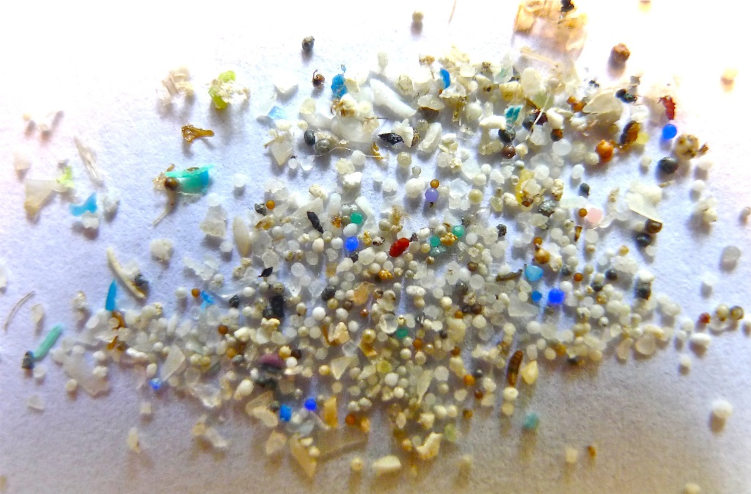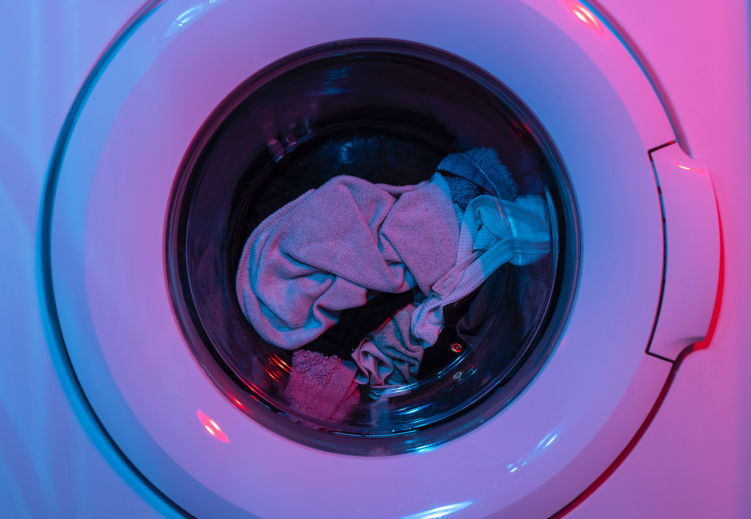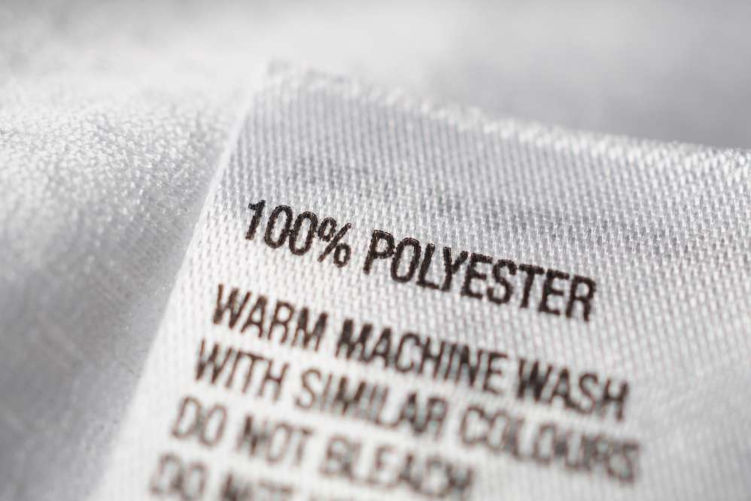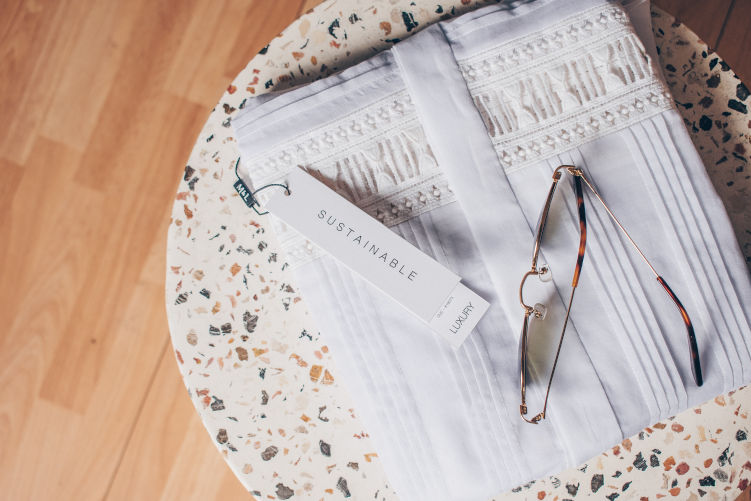Fashion and environment: microplastics in our clothes poison even the arctic ocean. A decalogue to eliminate them from our wardrobe
35% of the 1.4 million billion microfibers present in the oceans comes from washing synthetic clothing, especially those of low quality. Is it possible to do one’s part to reduce the impact?
The fact that even a remote and apparently pristine ecosystem such as the Arctic is invaded by microplastics is a clear sign of the environmental emergency we are experiencing. A recent study published by Nature Communications adds a new element that calls all of us into question, as citizens and as consumers. By examining water samples collected in 71 different locations, the researchers found an average concentration of 49 tiny plastic particles per cubic meter. 73.3% consisted of polyester or, in other words, of fragments of our synthetic clothes.
The dimensions of the phenomenon
Perhaps in recent years we have become accustomed to filling a flask with tap water rather than buying yet another bottle, but more rarely we reflect on the fact that with each wash cycle the garments release particles so fine that they escape to washing machine filters, they end up in rivers and from there into the seas.
The numbers help us understand the scale of the phenomenon. The IUCN estimates that 35% of the 1.4 million billion microfibers present in the oceans derives from the washing of clothing. That’s a pretty significant percentage! On the other hand, 5 kg of polyester fiber can generate up to 6 million microplastics (De Falco, 2018). What is worrying is the fact that these particles, once ingested by fishes, enter the food chain and therefore into our body: they have been found in fruit and vegetables, honey, tap water and even in the human placenta. The effects on health are still unknown, but several scientific publications warn us about their content of bisphenol A, phthalates, heavy metals, etc.


How may we contribute as consumers?
We know that 88% of Italians count the defense of the environment among the most important values of today’s society (Nielsen 2020 data), but we also know that it is easy to feel powerless in the face of such evidence. Do we really have to resign ourselves to being co-responsible for pollution?
“Doing our part to reduce the impact is possible. As always, it is necessary to start from awareness: knowing what we wear and the pros and cons of the various materials is just as important as the history of the foods we bring to the table.”. This is Francesca Rulli thought, founder and CEO of the consulting company Process Factory, owner of the 4sustainability® mark which guarantees the authenticity of the journey of companies in the fashion chain towards sustainability.
Ten good tips to put into practice
To respond to the perplexities of those who care about the Planet, the 4sustainability® team has developed a real handbook for a microplastic-proof look. Here then are ten simple tips within everyone’s reach:
- Compared to acrylic and polyester, it’s good to prefer mixed fabrics or – better still – natural ones. To make a ranking, acrylic releases about twice as many fibrous micro-fragments in the washing machine as polyester. “In general, compact fabrics, with dense meshes and with long, continuous and twisted fibers are the least polluting, because the textile structure is less likely to fray during washing”, Francesca Rulli says.


- Among the synthetic fibers, those of the latest generation with a closed structure are to be preferred, such as nylon 66, a particularly resistant type of polyamide that does not easily lose “pieces”.
- “An evergreen indication is to make reasoned purchases instead of being ensnared by throwaway fashion. Of course, quality garments will have higher prices, but they will last much longer over time”. The second-hand is a valid opportunity to grab design clothes at affordable costs.
- Washing at low temperatures is a practice with many advantages: to name a few, it reduces the release of microplastics and colors, decreases energy consumption and extends the life of garments. It should also be emphasized that microplastics are dispersed especially during the first eight washes, which is another good reason to make garments last well over a season.
- We already know that washing at full load saves us water and energy, but we rarely hear that it causes less friction between garments and lowers the water-to-fabric ratio. The result? Less microplastics in the environment.


- It is good practice to set spinning at low speed and avoid long programs. As for the program for delicates, it uses twice the amount of water compared to normal cycles and should therefore be avoided, but it is also true that it stresses the garments less … The only advice, in this case, is to use your common sense.
- The more aggressive the detergent, the more fragments are released. An excellent reason to choose neutral “soaps” (better liquids than powders) that damage the fabric less.
- Softeners have more cons than pros, but adding a softener to the detergent has been shown to limit fiber breakage, reducing the release of micro-fragments by over 35%.
- Normally, attention is focused on washing, but even the dryer releases large amounts of microplastics. Better go back to the good old drying rack!
- There are useful filters on the market that collect microplastics released from clothing, which must then be removed by hand and thrown in the garbage. Two examples are Guppyfriend (a washing bag for synthetics) and Cora Ball (a “ball” to put in the washing machine’s drum).


And businesses?
“In other fields of daily life we know how to choose the most sustainable option with our eyes closed, by now. When we put a kilo of seasonal, zero-mile apples in the cart, we know they have a lower environmental impact than an exotic fruit that comes from the other side of the world on board a ship. We know from direct experience some Italian companies that are investing heavily in the innovation of synthetic processes and products, but in general, especially in fast fashion, sensitivity is still to be built, also because the supply chain is long and complex.
That said, the consumer has huge power”, Rulli explains. “First of all, he can reward with his vote and his purchases the politicians and brands willing to make courageous choices in terms of sustainability. And then he can lead by example himself, reducing his own environmental impact and helping friends, family and colleagues to do the same. These are small gestures, apparently, but they are instead those bricks that, stacked on top of each other, build a system transition”.


